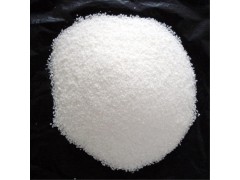Usage
1. Disinfectant. The bactericidal effect of gram positive bacteria, Gram-negative bacteria and fungi are strong, are also effective against Pseudomonas aeruginosa. Used to disinfect the skin, wash the wound, and can also be used for disinfection of equipment operation.
2. For external use broad-spectrum antibacterial, antiseptic, antibacterial, sterilization and strong ability against gram negative and gram positive bacteria.
3.Chlorhexidine is used in disinfectants (disinfection of the skin and hands), cosmetics (additive to creams, toothpaste, deodorants, and antiperspirants), and pharmaceutical products (preservative in eye drops, active substance in wound dressings and antiseptic mouthwashes)
Antiseptic
At physiologic pH, chlorhexidine salts dissociate and release the positively charged chlorhexidine cation. The bactericidal effect is a result of the binding of this cationic molecule to negatively charged bacterial cell walls. At low concentrations of chlorhexidine, this results in a bacteriostatic effect; at high concentrations, membrane disruption results in cell death.
Dental use
Chlorhexidine is often used as an active ingredient in mouthwash designed to reduce dental plaque and oral bacteria. It has been shown to have an immediate bactericidal action and a prolonged bacteriostatic action due to adsorption onto the pellicle-coated enamel surface.If it is not deactivated, chlorhexidine lasts longer in the mouth than other mouthwashes, which is partly why it is to be preferred over other treatments for gingivitis.To treat periodontal pockets equal or greater than 5 mm, chlorhexidine is also available in high concentration (36%) in a gelatin chip.






